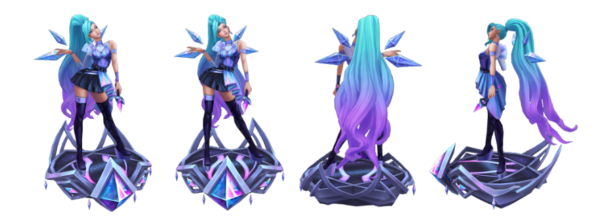Video Games
Best DPS Tier List in Final Fantasy XIV

In the diverse world of Final Fantasy XIV, choosing a DPS main is a difficult decision. Unlike the tank and healer roles, there are multiple DPS options, spanning physical, magical, and melee units. Whether facing dangerous enemies or navigating dangerous dungeons, mastering the art of damage management is paramount to success. This article examines the best DPS level list in Final Fantasy XIV, highlighting the best performers and areas for improvement.
Criteria for Ranking
In this FFXIV DPS level list we base our rankings on things like total DPS generated, utility, versatility, ease of play in raids, trials, and all dungeons If we measure damage using rDPS, or “raid DPS,” statistics the support an action brings, buffs included, through other actions and programming with them. While all functionality is improved in patch 6.5, the higher levels facilitate faster and more efficient content cleanup.
Melee DPS excels in destructive power but requires dexterity transfer to be effective. Ranged DPS provides flexibility and ease of play without space requirements, allowing for better damage when moving or even away from the boss.
A special DPS function and the learning ability Blue Mage from enemy attacks are not included due to the limitation of tasks with other Blue Mages, making it outside the main content of FFXIV.
Also Read: How Long Is a League of Legends Game?
DPS Tier List in Final Fantasy XIV
S Tier: The Apex Predators
In the S tier, you reach the top of maximum DPS. These roles, like the Agile Ninja and spell-slinging Black Mage, boast unmatched versatility, exceptional damage output, and valuable utility, making them indispensable in group items.
Reaper stands out as the strongest melee action, with easy mobility and a versatile game. It offers valuable HP regen benefits through its Arcane Crest, making it impressive in tough encounters.
Despite successive buffs to other melees, Samurai Savage is still a top contender in raids, demonstrating its staying power and effectiveness in high-level stuff.
Dancer is the most popular as a DPS with a physical range, known for its usability and ease of maneuvering and maintenance. His companion skill, Closed Position, matches up well with other melee DPS players, further solidifying his position at S-level.
The Sumner, while low on the decadence scale, shines for its versatility and accessibility. While Summoner provides vital immediate options and the ability to revive, it proves invaluable in dealing with difficult situations, especially when many healers are unable to do the work.
Also Read: Best M4 Loadout COD Mobile [Attachments]
A Tier: Strong Contenders
At the A level, we face strong competitors with consistent DPS and special abilities that contribute to team success. Known for topping the damage charts with Savage attacks, Black Mage demands precision and dedication from players due to its limited range of capabilities. Despite dealing massive amounts of damage, its pure DPS attributes and lack of utility put it below Summoner in the rankings.
The Ninja offers a solid learning curve with plenty of abilities to master, even if it falls short of the average Black Mage’s damage. Machinist offers great damage potential but lacks the versatility and utility compared to Dancer and Bard.
Reinvigorated by the buffs in Endwalker, Dragon displays top-tier DPS capabilities on high-level attacks, emphasizing precise rotation execution and mobility Always buffed bards in Endwalker throughout with healing buffs, status effects. and they offer distinct advantages in air shots, making them a solid choice in group music.
Also Read: Archero Best Hero: All Heroes, Weapons, Armors & More
B Tier: Solid Performers
Projects like Red Mage and Monk are at level B for stable performance, showing reliability and scalability. While they don’t boast the highest levels of damage, they offer consistent DPS and valuable support skills that are essential in combat.
Despite his current low damage ranking, Red Mage shines in clutch time, thanks to his ability to quickly revive an entire team.
Monk has seen a big change in the past year, taking advantage of what is not in the dark, but still hard to master. With its challenging local requirements and high-risk, high-reward gameplay, Monk appeals to those looking for a challenging combat experience.
Also Read: Best m13 Loadout COD Mobile: Best Attachments
C Tier: Viable Choices
In the C tier, projects like Samurai and Summoner offer decent options that require finesse to scale. While they may not shine universally, these groups hold their own when they belong. Bard’s DPS numbers may be low, but his buffs are invaluable in terms of party dynamics. However, Dancer has surpassed Bard in popularity due to his synergy with Samurai.
The astrophysicist who is least in 6.51 gets poor results of damage compared to others. Despite the buffs, Red Mage struggles with low DPS rankings among casters, making its resurrection ability lose value on more complex items. However, Red Mage is still an easy choice for players looking for a useful simple caster DPS job.
Also Read: Free Fire Unban Date and Time in India
Conclusion
Mastering a powerful DPS class in Final Fantasy XIV is essential to overcoming the challenge of the game, whether you prefer the quick-hitting of a rogue or the bursts of black mage magic. By understanding the nuances of each class and how they’re placed in the tiered list, you can start your journey with confidence, ready to defeat any enemies in your path Though we’ve built in view of our neutrality in compiling this list though there may still be some biased views ; Therefore, your feedback is invaluable in improving our position. With our FF14 class level list, players, new and veteran alike, can gain a deeper insight into the game’s META and choose a career that matches their interests.
Features
Exploring Valorant eSports Stats: Unveiling the Metrics Behind Competitive Excellence

In the rapidly expanding realm of Valorant eSports, statistical analysis plays a pivotal role in understanding player performance, team dynamics, and the strategic nuances that define success in competitive play. This article delves into the significance of Valorant eSports stats, their impact on the competitive landscape, and how they empower players, teams, and fans alike.
Key Metrics in Valorant eSports Stats
Valorant eSports stats encompass a wide array of metrics that provide insights into player proficiency and team strategies. These include individual performance indicators such as kill-death ratios (K/D), average damage per round (ADR), headshot percentages, and assist counts. Team statistics such as round win percentages, first blood percentages, and economy management efficiency further illuminate strategic strengths and areas for improvement.
Analyzing Player Performance and Contribution
For professional Valorant players, statistics serve as a critical tool for evaluating individual performance and contribution to team success. By analyzing metrics like K/D ratios and ADR, players can assess their impact in securing eliminations, dealing damage, and supporting team objectives. This data-driven approach enables players to identify strengths to leverage and weaknesses to address, enhancing their overall effectiveness in competitive matches.
Strategic Insights and Adaptation
Valorant eSports stats provide valuable strategic insights that shape team tactics and gameplay adaptations. Coaches and analysts analyze statistical trends to optimize agent selections, refine map strategies, and counter opponents’ playstyles effectively. The ability to leverage data-driven decision-making empowers teams to evolve their tactics, adapt to meta-game shifts, and maintain a competitive edge in the dynamic world of Valorant eSports.
Tracking Tournament Trends and Meta-Game Evolution
Beyond individual matches, Valorant eSports stats track broader tournament trends and meta-game evolution. Historical data on agent pick rates, map preferences, and round outcomes reveal emerging strategies and meta-shifts over time. This analytical depth allows teams and analysts to anticipate trends, innovate strategies, and stay ahead of competitors in high-stakes tournaments and league play.
Fan Engagement and Spectator Experience
Valorant eSports stats enrich the spectator experience during live broadcasts and tournament coverage. Fans can follow real-time updates on player performances, compare stats across matches, and engage in discussions about standout plays and strategic decisions. Interactive platforms and statistical dashboards enhance viewer engagement, fostering a deeper connection with the competitive narratives unfolding in Valorant eSports.
Impact on eSports Betting and Fantasy Leagues
Valorant eSports stats play a crucial role in eSports betting markets and fantasy leagues, where informed decision-making hinges on statistical insights. Bettors and fantasy league participants leverage player and team stats to assess form, predict match outcomes, and manage their investments strategically. Real-time updates and comprehensive data analysis enhance the strategic depth and excitement of eSports engagement for fans worldwide.
Technological Advancements and Data Visualization
Advancements in technology have revolutionized how Valorant eSports stats are accessed and analyzed. Streaming platforms and eSports websites offer sophisticated data visualization tools, interactive heatmaps, and player performance overlays that enhance the depth and accessibility of statistical analysis. These technological innovations provide analysts, commentators, and fans with enhanced insights into gameplay dynamics and strategic decision-making.
Future Innovations in Statistic Analysis
As Valorant continues to evolve as an eSports powerhouse, the future of statistical analysis promises further innovations. AI-driven predictive analytics, enhanced machine learning algorithms, and real-time performance tracking technologies are poised to revolutionize how eSports stats are processed and utilized. These advancements will elevate the precision, depth, and predictive capabilities of statistical analysis in Valorant eSports, shaping the future of competitive gaming.
Video Games
Smite God Tier List: Best to Worst Gods Ranked
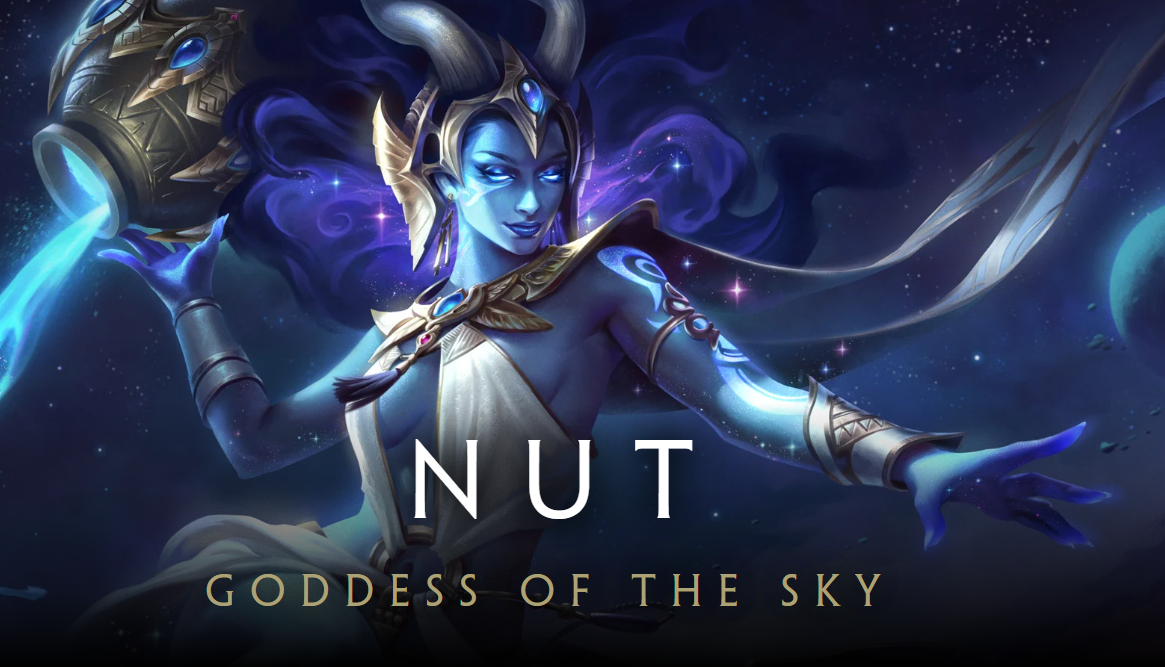
Smite, the popular third-person MOBA featuring mythological gods and goddesses from around the world, boasts an ever-expanding roster with over 100 playable characters. Each deity possesses unique abilities, playstyles, and strengths that can greatly impact a match’s outcome.
In this comprehensive tier list, we’ll rank Smite’s gods from best to worst, helping both new and experienced players make informed choices during the drafting phase.
The Smite God Tier List
S+ Tier: The Cream of the Crop
At the pinnacle of our tier list reside the S+ tier gods, whose unparalleled power and versatility make them top picks in competitive play. These deities excel in their respective roles and can single-handedly turn the tide of battle.
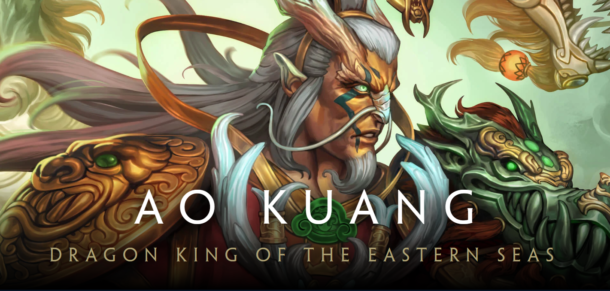
- Ao Kuang (Mage) – Ao Kuang, the Dragon King of the Eastern Seas, stands out with incredible burst damage and mobility. His ultimate allows him to execute low-health enemies, making him a formidable threat throughout the game.
- Arachne (Assassin) – Arachne, the Weaver, excels at early game pressure and ganks, thanks to her high base damage and crowd control abilities. Her web traps provide excellent vision control, allowing her team to maintain map dominance.
- Chernobog (Hunter) – Chernobog, the Slavic god of darkness, is a late-game hyper carry who can shred through enemy teams with his auto-attacks. His global ultimate makes him highly mobile, allowing him to join fights or escape danger at a moment’s notice.
- Pele (Assassin) – Pele, the Hawaiian goddess of fire and volcanoes, is a relentless assassin with strong sustain and chase potential. Her passive allows her to gain movement speed and damage after using abilities, making her a constant threat in teamfights.
- Raijin (Mage) – Raijin, the Japanese god of thunder, is a bursty mid-lane mage with excellent poke and utility. His ultimate can stun multiple enemies, setting up easy kills for his team.
- Sun Wukong (Warrior) – Sun Wukong, the Monkey King, is a versatile solo laner who can adapt to any situation. His transformations grant him increased survivability, damage, and mobility, making him a difficult target to lock down.
Also Read: League of Legends Skins Codes, Riot Points, Emotes And Others
S Tier: Strong Contenders
Just below the S+ tier are the S tier gods, who are still highly viable picks in both casual and competitive play. While they may have some minor weaknesses, their overall strength and impact on the game are undeniable.
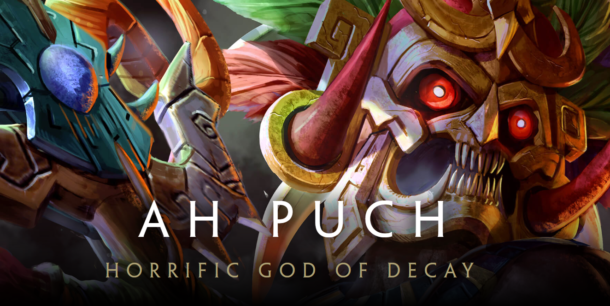
- Ah Puch (Mage)
- Anhur (Hunter)
- Ares (Guardian)
- Athena (Guardian)
- Baba Yaga (Mage)
- Camazotz (Assassin)
- Cthulhu (Guardian)
- Freya (Mage)
- Geb (Guardian)
- Janus (Mage)
- Kali (Assassin)
- Olorun (Mage)
- Scylla (Mage)
- Thanatos (Assassin)
- Thor (Assassin)
- Thoth (Mage)
- Ullr (Hunter)
These gods excel in their respective roles and can significantly impact the game’s outcome when played effectively.
A Tier: Reliable Picks
A tier gods are solid choices that can perform well in most situations, but may lack the overall strength or versatility of their higher-tiered counterparts. These deities often require more skill and coordination to reach their full potential.
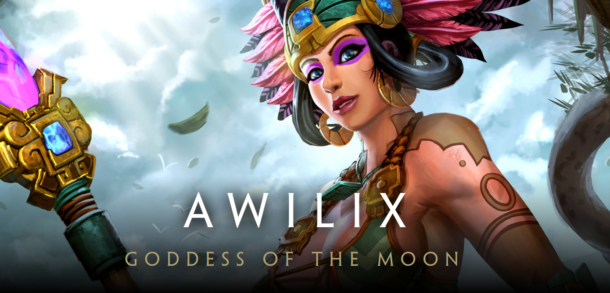
- Awilix (Assassin)
- Bastet (Assassin)
- Hachiman (Hunter)
- Hades (Mage)
- Izanami (Hunter)
- Jing Wei (Hunter)
- Mercury (Assassin)
- Neith (Hunter)
- Rama (Hunter)
- The Morrigan (Mage)
- Yemoja (Guardian)
Gods like Awilix and Mercury rely on precise timing and positioning to excel, as they have strong single-target damage but lack reliable escape mechanisms. Hades and The Morrigan, on the other hand, require a deep understanding of their kits to effectively outplay opponents and contribute to teamfights.
Also Read: Cheat Code Pokemon Ruby: Full list of codes
B Tier: Situational Specialists
B tier gods have niche strengths that can be exploited in specific situations or team compositions, but generally struggle to keep up with the more well-rounded deities in higher tiers.
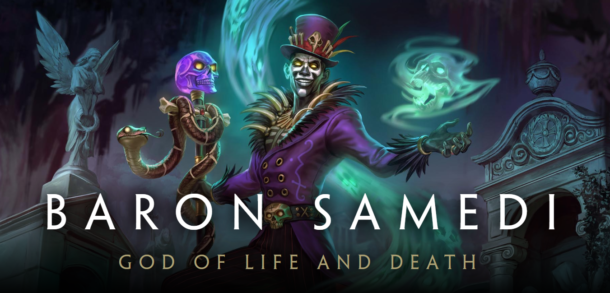
- Baron Samedi (Mage)
- Cernunnos (Hunter)
- Chang’e (Mage)
- Chiron (Hunter)
- Danzaburou (Hunter)
- Fenrir (Assassin)
- Hou Yi (Hunter)
- Hun Batz (Assassin)
- Loki (Assassin)
- Ravana (Assassin)
These gods may excel in certain matchups or when paired with specific allies, but their overall impact on the game is less consistent than that of higher-tiered deities.
C Tier: Underperformers
C tier gods have significant weaknesses that hinder their performance in most situations. While they can still be effective in the hands of dedicated mains, they are generally outclassed by the gods in higher tiers.
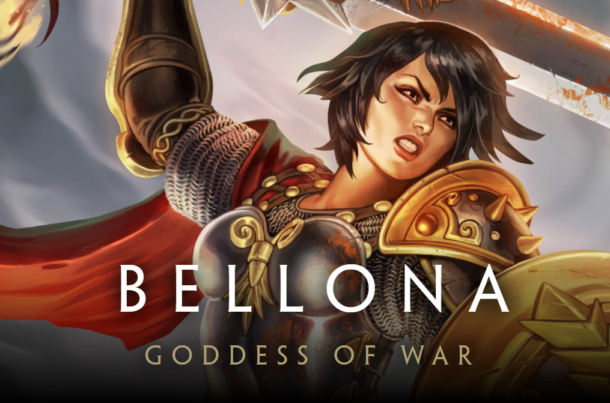
- Bellona (Warrior)
- Chaac (Warrior)
- Cerberus (Guardian)
- Cupid (Hunter)
- Hel (Mage)
- Nemesis (Assassin)
- Odin (Warrior)
- Ymir (Guardian)
- Zeus (Mage)
These gods may struggle with mana sustain, lack reliable crowd control, or have kits that are easily countered by the current meta picks.
D Tier: The Bottom of the Barrel
At the bottom of our tier list are the D tier gods, who are considered the weakest and least viable picks in the current meta. These deities have glaring flaws in their kits or play styles that make them difficult to recommend in most situations.
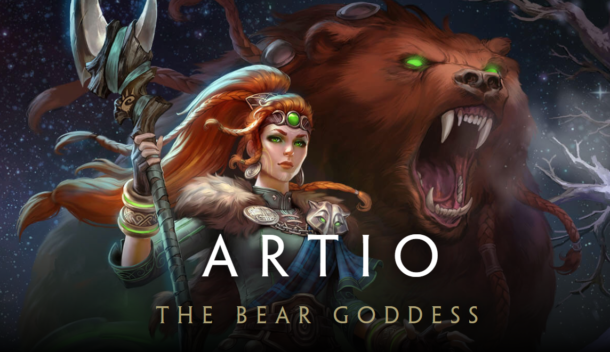
- Artio (Guardian)
- Erlang Shen (Warrior)
- Persephone (Mage)
- Vamana (Warrior)
Gods like Artio and Erlang Shen have fallen out of favor due to nerfs or shifts in the meta, while others like Persephone and Vamana have kits that are too clunky or situational to consistently perform well.
Also Read: How To Check Your League Of Legends MMR System?
Conclusion
While this tier list provides a general ranking of Smite’s gods based on their overall strength and viability, it’s important to remember that player skill, team composition, and personal preference can greatly influence a god’s effectiveness in any given match. As the meta evolves and new gods are introduced, the rankings may shift, so it’s crucial to stay informed and adaptable.
Ultimately, the key to success in Smite is to focus on mastering the gods that suit your playstyle and to work collaboratively with your team to capitalize on each deity’s unique strengths. By understanding the current meta and making informed picks during the drafting phase, you’ll be well on your way to dominating the battleground of the gods.
Video Games
League of Legends Skins Codes, Riot Points, Emotes And Others
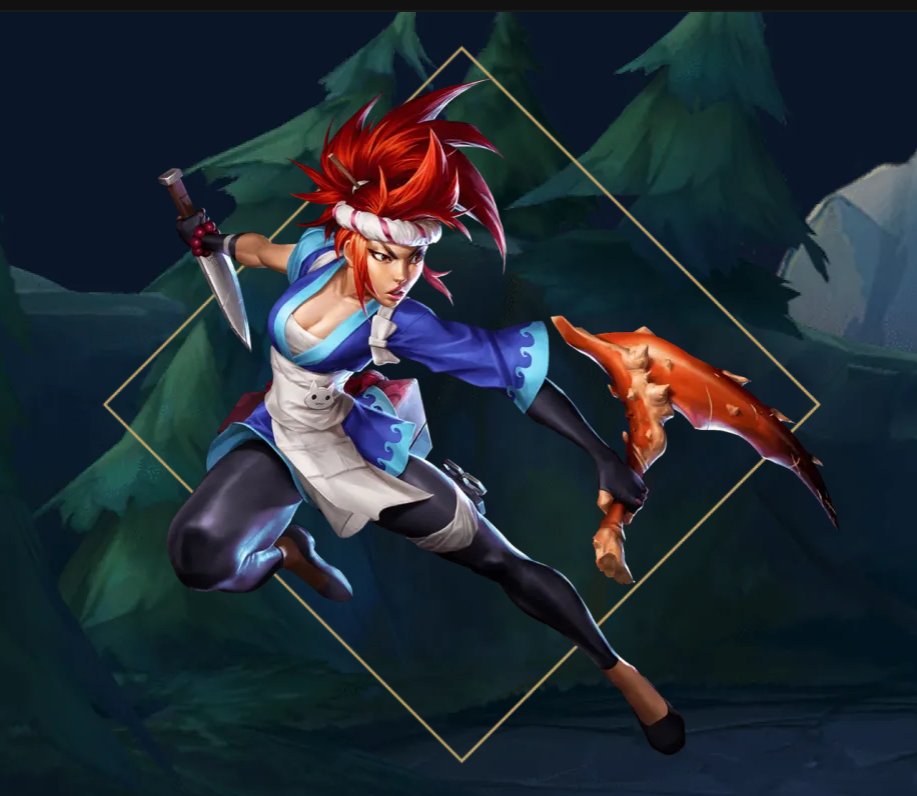
For gamers around the world, League of Legends has become more than just a game – it’s a way of life. Developed by Riot Games, this multiplayer online battle arena (MOBA) has captivated millions with its intense gameplay, strategic depth, and an ever-expanding universe of characters and lore.
However, what truly sets League of Legends apart is the vast array of customization options that allow players to express their individuality and take their gaming experience to new heights. Let’s take a closer look at each of them:
Skins
At the heart of League of Legends’ customization ecosystem lie the skins – cosmetic enhancements that transform the appearance of your favorite champions. From sleek and futuristic designs to whimsical and mythical themes, skins breathe new life into these iconic characters, allowing players to showcase their unique style on the battlefield.
Riot Games regularly releases new skins, often tied to specific events, promotions, or in-game updates. Some skins are available for purchase through the in-game store using Riot Points (RP), while others are exclusive rewards for participating in special events or purchasing bundles.
Also Read: Cheat Code Pokemon Ruby: Full list of codes
Unlocking Exclusive Cosmetics With Skin Codes
In addition to purchasing skins directly, League of Legends players can also acquire them using skin codes – unique alphanumeric combinations that can be redeemed on the official website or through the game client. These codes are often distributed by Riot Games during promotional events, partnerships, or as rewards for participating in specific activities.
Some Skin Codes:
- 5J6V-DAYM-ZHDE-13G4
- XXXC-JWDW-YN8B-FF2J
- 3QZA-DLKT-D9MU-G6VW
- 6CSC-NAFL-0SWI-OHVF
- H1N4-Q5G6-8CSY-YK0M
- DNHV-4DMN-TG2O-4FQ1
- 9DKL-4858-9EDV-JNIG
- QKUI-3N4L-LO5J-FB2F
- E5AL-WV2W-469T-SXYJ
- 7BFF-PJPA-88UY-SO3R
- JSZR-67XE-TJDD-WIZ8
- HRTJ-FDO4-WZ26-Z7TP
- LM0A-3UBN-3WTI-WVA2
- TQM2-PK8F-1SPP-O09J
- BSFJ-NGE3-VEFD-BDOK
- TH72-K1XM-7U2T-VU0J
- K61Z-OT3J-XO17-94VA
- JKR5-FHWL-VGQX-9EUV
- R60D-ZAAA-CLM9-HM5L
- QZMO-Z7BM-MKMP-WHFV
It is a good idea for players to stay updated on the latest skin code releases by following official Riot Games channels and the League of Legends community updates.
Riot Points
Riot Points (RP) are the virtual currency that powers the League of Legends customization ecosystem. Players can purchase RP directly from the in-game store using real-world currency, allowing them to unlock a wide range of cosmetic items, including skins, ward skins, emotes, and more.
In addition to skins, RP can be used to unlock chromas (recolored versions of existing skins), summoner icons, and ward skins, enabling players to further personalize their gaming experience and showcase their unique style on the Summoner’s Rift.
Also Read: How To Check Your League Of Legends MMR System?
Emotes
Emotes are animated expressions that players can use during matches to communicate with their teammates and opponents. These emotes range from celebratory dances to taunts and humorous reactions, adding an extra layer of personality and fun to the game.
Emotes can be acquired through various means, including purchasing them with RP, earning them through specific events or challenges, or obtaining them as part of limited-time bundles or promotions.
Hextech Crafting
League of Legends also features a loot box system called Hextech Crafting. Players can earn Hextech Chests and Keys through playing matches or completing specific missions. These chests can be unlocked using keys, revealing a random assortment of rewards, including skins, emotes, ward skins, and other cosmetic items.
Players can also give away unwanted items from their Hextech Crafting loot to earn Essence, which can be used to craft specific skins or other cosmetic items they desire.
Limited-Time Events And Promotions
Riot Games frequently hosts limited-time events and promotions in League of Legends, offering players exclusive opportunities to obtain unique skins, emotes, and other customization items. These events often coincide with seasonal celebrations, esports tournaments, or thematic updates to the game.
Limited-time bundles and sales on skins and other cosmetic items are also common, providing players with an opportunity to expand their collection at a discounted price.
Community And Customization Culture
The League of Legends community plays a significant role in the popularity and culture surrounding customization. Players often showcase their rare and unique skins, emotes, and other cosmetic items, fostering a sense of pride and individuality within the game.
Social media platforms and community forums are filled with discussions, fan art, and appreciation for the various customization options available in League of Legends. Players share their favorite skins, discuss upcoming releases, and even create fan-made concepts, contributing to the ever-evolving customization landscape.
Also Read: Smite God Tier List: Best to Worst Gods Ranked
Redeeming Codes In League of Legends
To redeem skin codes or other promotional codes in League of Legends, players have two options:
Option 1
- Log in to the League of Legends.
- Click on the “Store” button.
- Click on the “Account” button at the top right corner of the store.
- Select “Redeem Codes”.
- Enter the displayed code accurately and make sure ou double check.
- Click on “Submit” to redeem the code.
Option 2
- Open Riot’s Code Redemption page on your browser.
- Enter the displayed code and select “Redeem Code”.
Conclusion
League of Legends offers a vast array of customization options, allowing players to truly make the game their own. From exclusive skins that breathe new life into champions to emotes that add personality and flair to matches, the world of LoL customization is ever-expanding.
With Riot Games’ dedication to continuously releasing new content and hosting engaging events, players can look forward to an endless journey of personalization and self-expression on the Summoner’s Rift.
-

 Guides4 years ago
Guides4 years ago6 Proven Ways to Get more Instagram Likes on your Business Account
-

 Mainstream9 years ago
Mainstream9 years agoBioWare: Mass Effect 4 to Benefit From Dropping Last-Gen, Will Not Share Template With Dragon Age: Inquisition
-

 Casual8 months ago
Casual8 months ago8 Ways to Fix Over-Extrusion and Under-Extrusion in 3D Printing
-
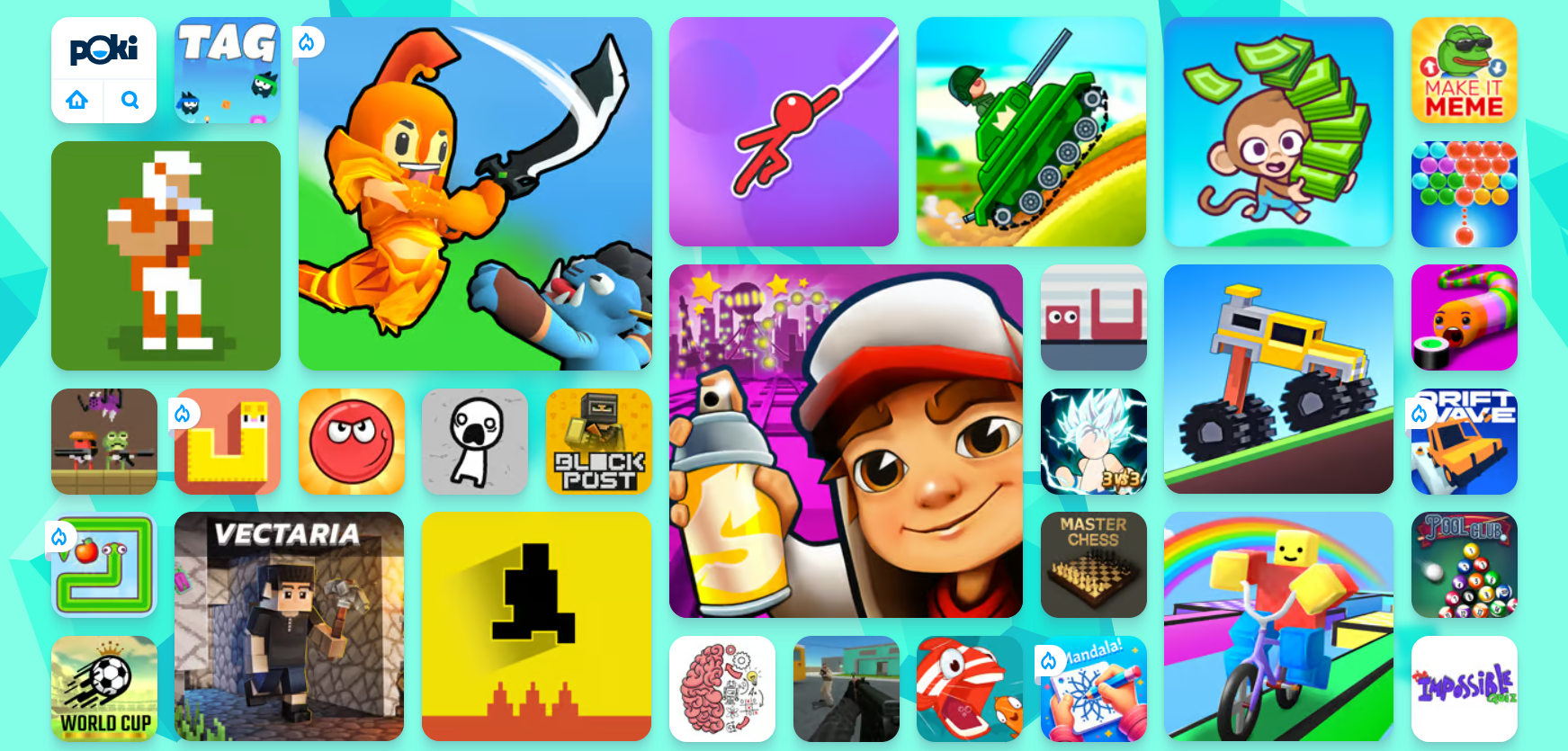
 Guides5 months ago
Guides5 months agoExplore 15 Most Popular Poki Games
-
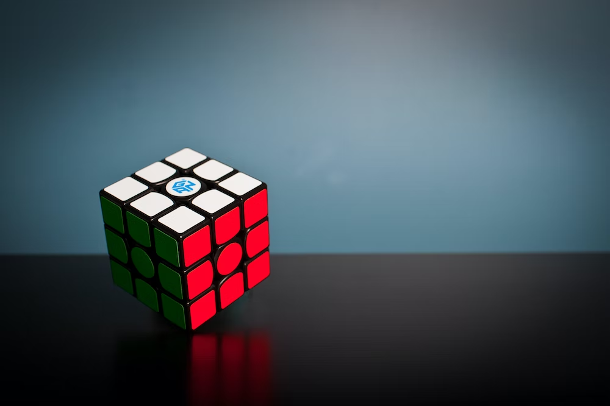
 Guides1 year ago
Guides1 year agoGan Rubik’s Cube vs. Traditional Rubik’s Cube: Key Differences and Advantages
-

 Uncategorized3 years ago
Uncategorized3 years agoTips To Compose a Technical Essay
-

 iOS Games1 year ago
iOS Games1 year agoThe Benefits of Mobile Apps for Gaming: How They Enhance the Gaming Experience
-

 Mainstream11 years ago
Mainstream11 years agoGuild Wars 2: The eSports Dream and the sPvP Tragedy



